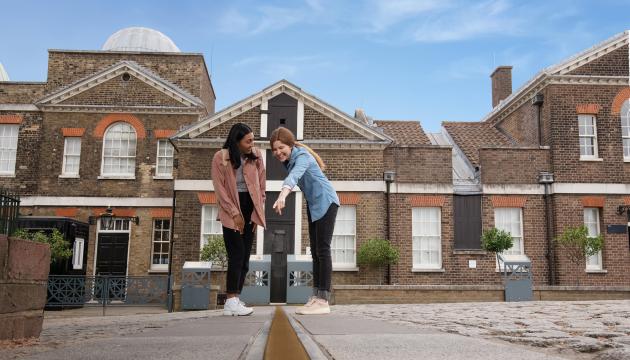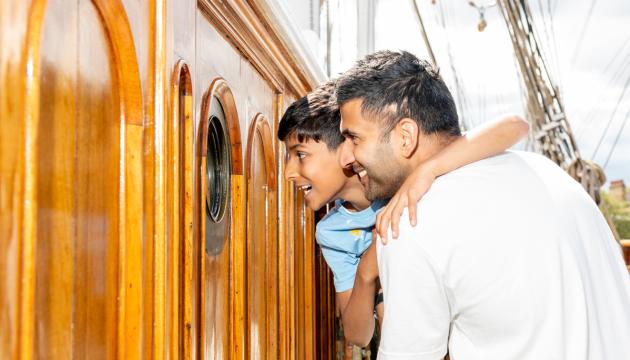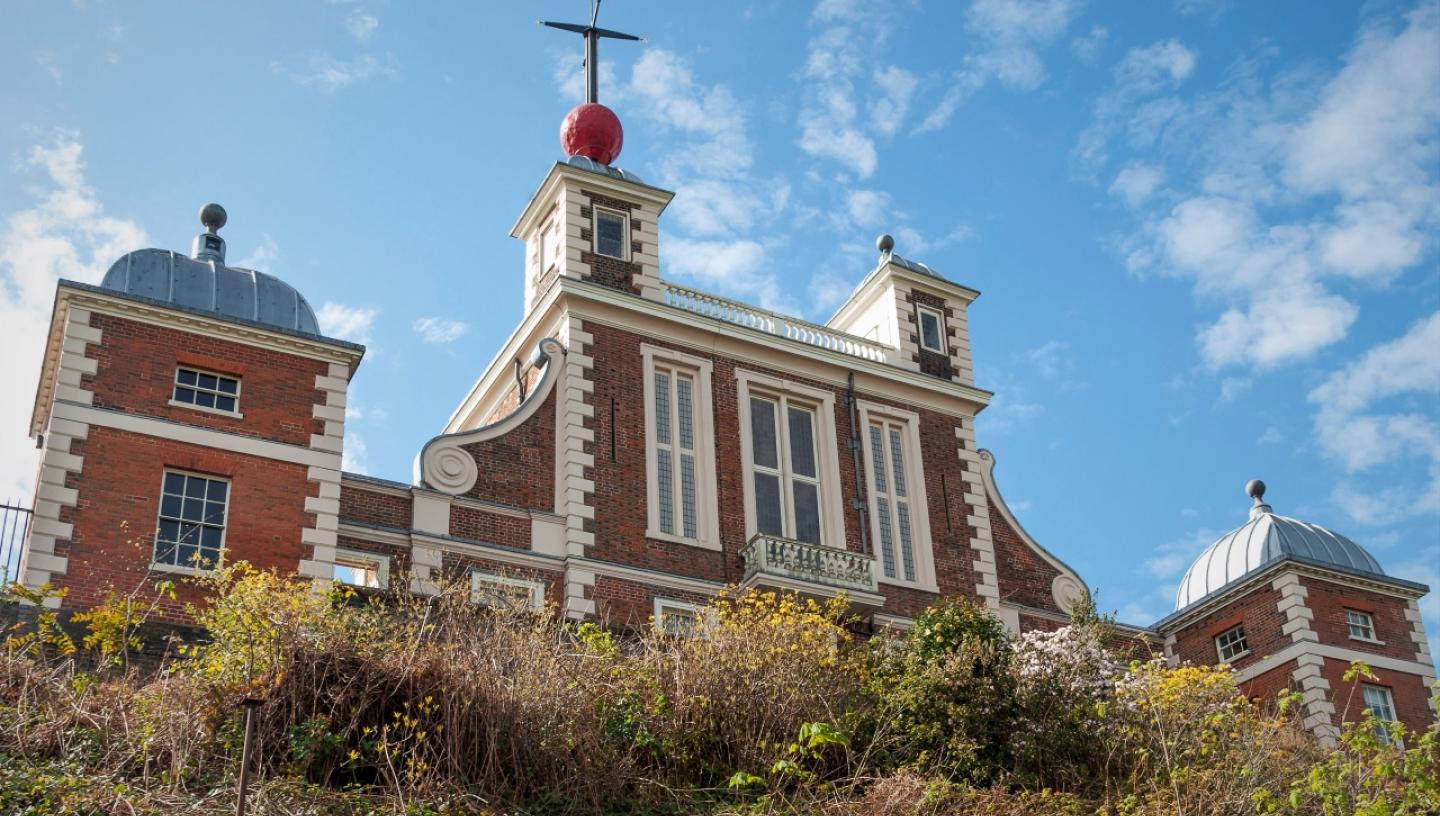
Awe-inspiring science, historic locations and stunning views combine at Royal Observatory Greenwich, making it an unmissable day out in London.
Not sure where to start? Find out what to see at the Home of Greenwich Mean Time. When you're ready, click here to book your tickets.
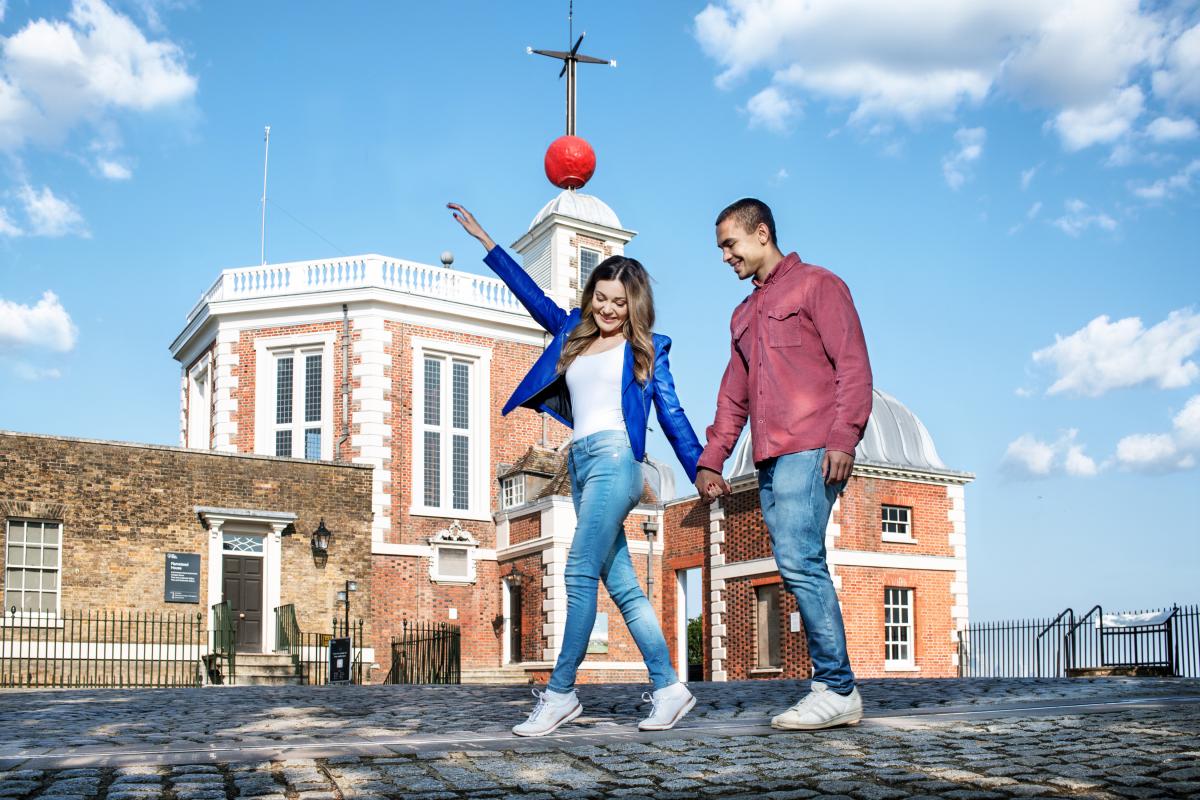
Stand on the historic Prime Meridian Line
Place one foot in the west and one in the east at the Prime Meridian of the World.
Since the late 19th century, the Prime Meridian at Greenwich has divided the eastern and western hemispheres of the Earth - just as the equator divides the northern and southern hemispheres.
The Prime Meridian also helped to establish the world time zone system we still use today.
Learn all about Greenwich Mean Time (GMT) at the Royal Observatory, and discover how Greenwich came to be the home of time.
Marvel at one of the UK's largest telescopes
At over eight metres long and 71cm wide, the Great Equatorial Telescope is the largest of its kind in the UK.
The telescope is round at each end but square in the middle. The reason for this strange shape is that the mount it rests on was originally made for a smaller telescope. The new design had to be 'squeezed' in the middle to fit.
Anyone visiting Greenwich can see the telescope's distinctive 'onion dome' roof when they look up the hill towards the Royal Observatory. But to truly appreciate the scale of the Great Equatorial Telescope, you have to step inside...
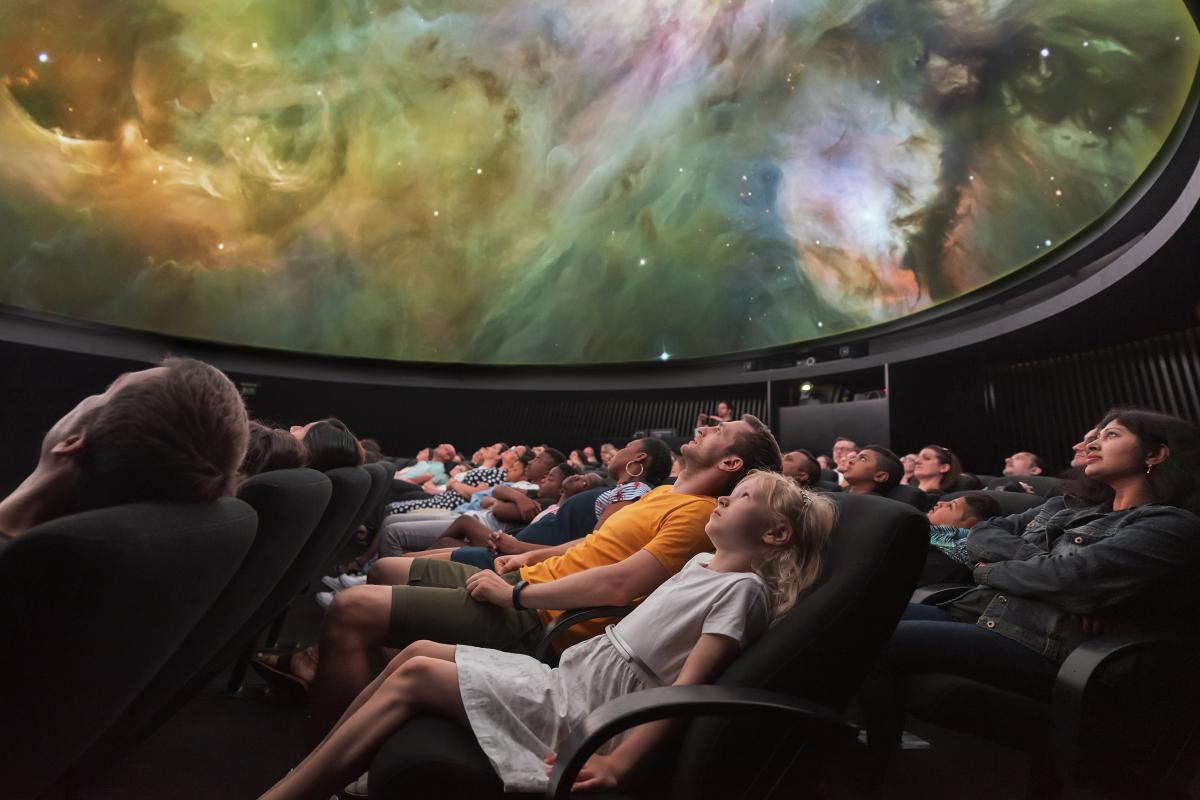
Get to know the stars in the Peter Harrison Planetarium
Get up close and personal with the stars in one of our planetarium shows led by one of our expert astronomers. Amazing visualisations and real-life space photography combine to provide a truly unique view of our night sky, while live commentary from Observatory astronomers helps to make sense of the universe.
Please note that shows are not included with entry to the historic Observatory; find times, tickets and prices for all our shows here.
See the world-famous Harrison clocks
Learn about John Harrison’s epic race to solve the 'Longitude Problem' and admire the craftsmanship of the world-famous Harrison timekeepers, including H1, H2, H3 and H4.
The Harrison clocks were revolutionary in their ability to accurately tell time at sea, giving sailors a way to work out their 'longitude' - their position east or west. This development drastically reduced the risk of ships and their crews, along with their precious cargoes, being lost at sea.
It took John Harrison most of his lifetime to arrive at the design for H4, one of the most important timepieces ever made.
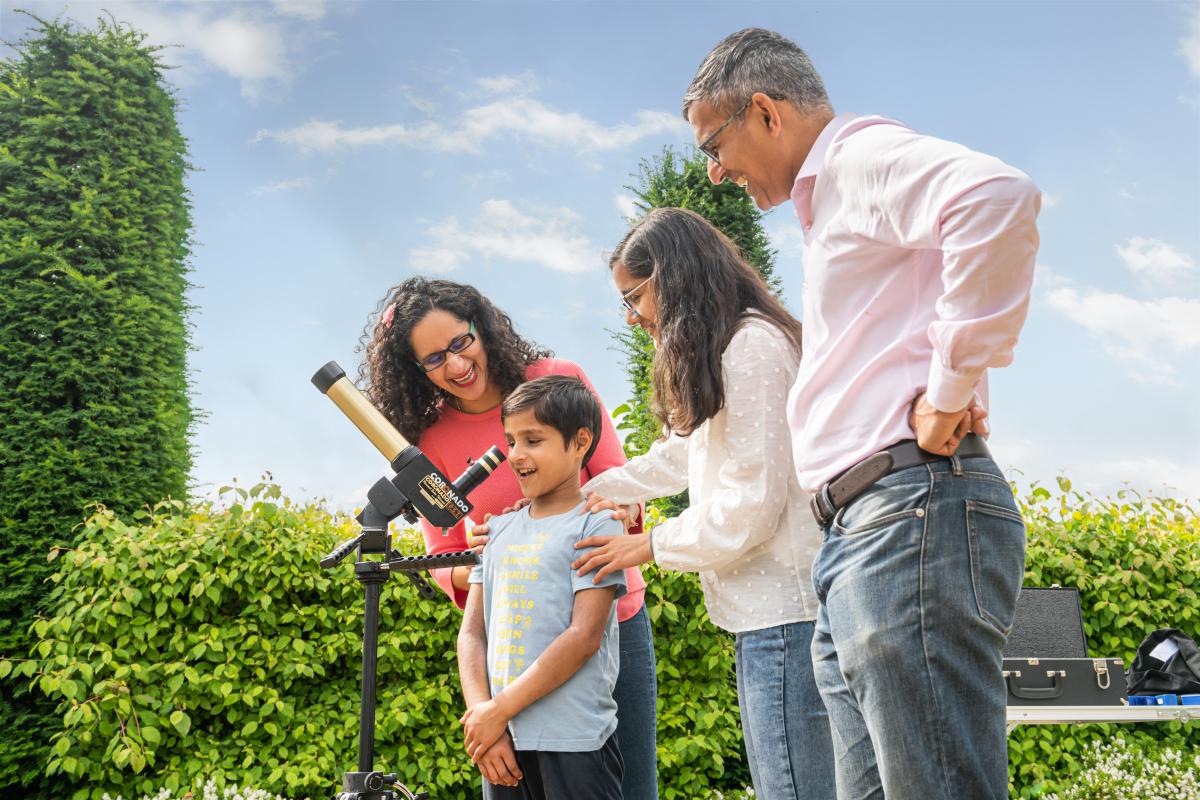
Enjoy live science and astronomy demonstrations
Get hands-on with a telescope and discover fascinating facts about the Universe!
During weekends, a space-tastic team of Observatory Explainers will be around the site, delivering live science demonstrations and astronomy sessions for all ages.

Make time for the Octagon Room
The Octagon Room is the oldest part of Royal Observatory Greenwich.
It was commissioned by King Charles II, designed by famed architect Sir Christopher Wren and completed in 1676.
Astronomical instruments and clocks line the walls and windows, just as they would have been in the Observatory's early years.
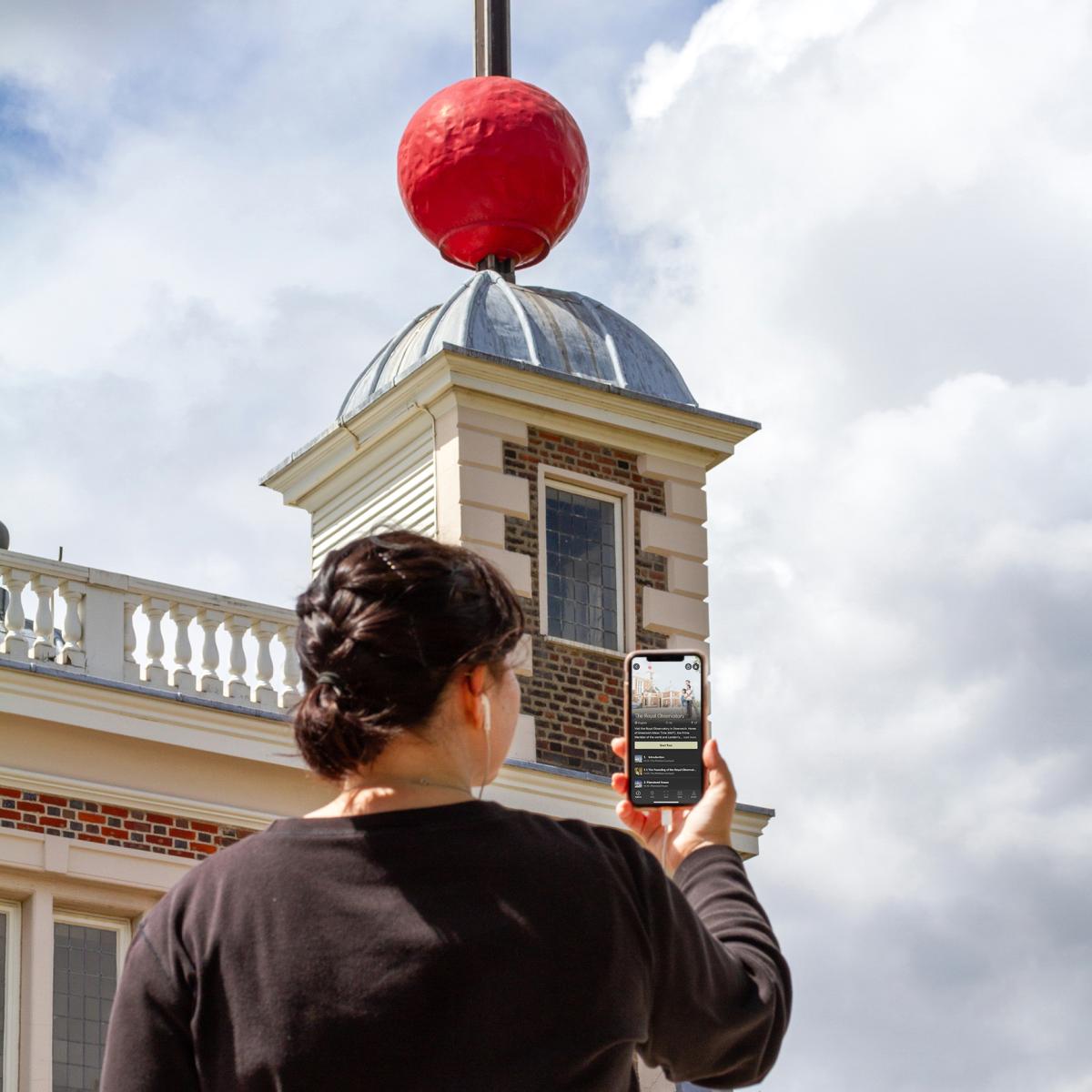
Follow the free audio guide
Follow the tour on your phone! The Royal Observatory audio guide takes your on a guided tour of the historic site, providing expert commentary on the buildings, telescopes and timepieces that changed our understanding of space and time.
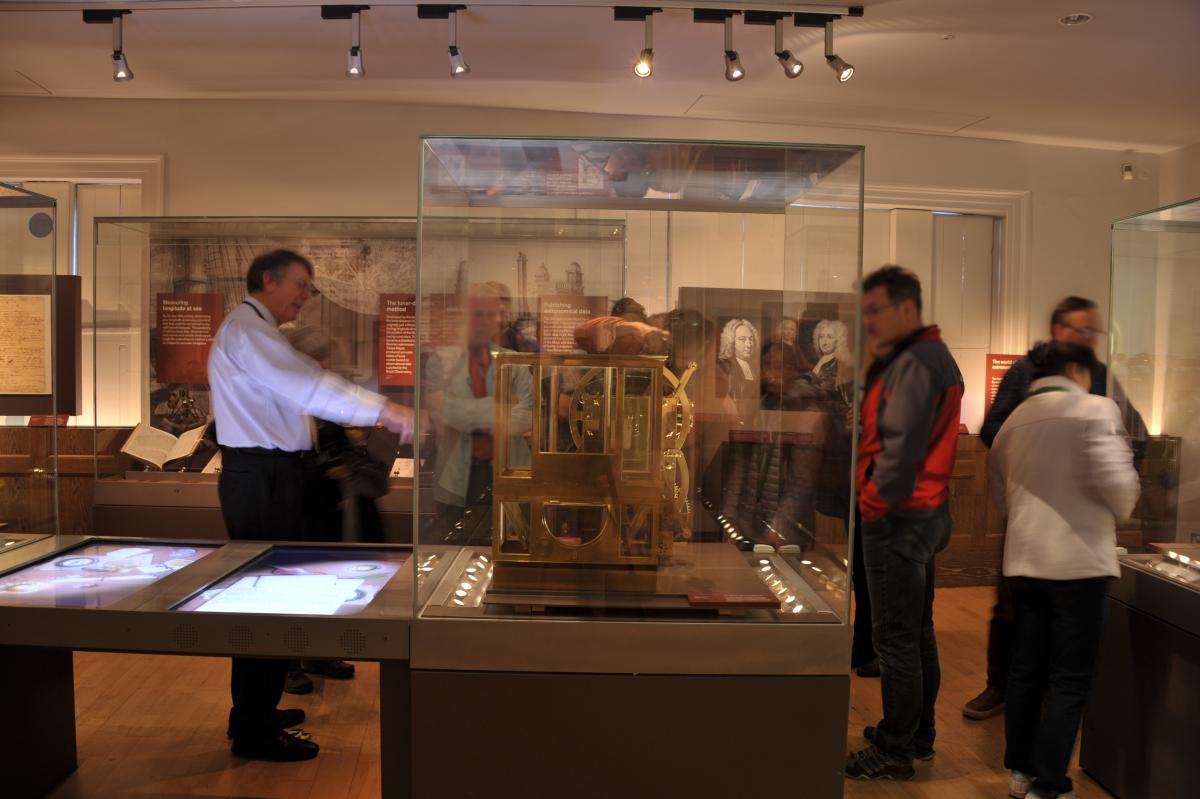
Join a talk or tour
Learn about pioneering discoveries, the people who made them and the objects that they used with one of our knowledgeable staff and volunteers during a Royal Observatory talk or tour.
Enjoy the best view in London
A UNESCO World Heritage Site in front, the towers of Canary Wharf behind and the snaking River Thames beyond – surely this view is worth the trip alone? Look to the left towards central London and see if you can spy the London Eye, St Paul's Cathedral and more.
Tell the time using the Shepherd Gate clock
This was the first clock to ever show Greenwich Mean Time (GMT) to the public.
The first thing you notice about the Shepherd Gate clock is that it has 24 hours on its face rather than the usual 12. That means at 12 noon the hour hand is pointing straight down rather than straight up.
But this is not just a quirky toy. Learn more about the clock's importance during your visit.
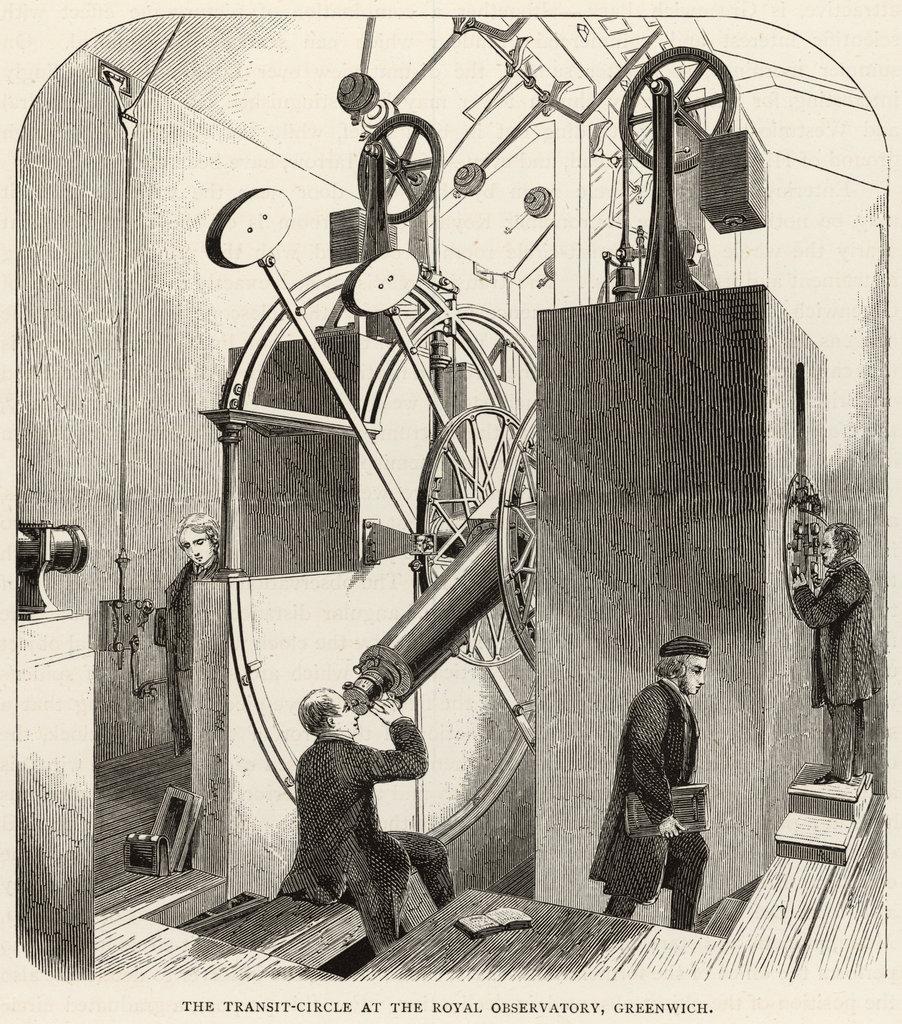
Wonder at Airy’s Transit Circle
This telescope, designed in 1850, defined the historic Prime Meridian of the world.
It became known as the Airy Transit Circle and was used for over a century to make around 600,000 observations. But did you know that there are actually three different meridian lines marked and measured in the Royal Observatory? Find out why when you visit.
Visit Flamsteed House
The gracious apartments of Flamsteed House are where the leading astronomers of the day lived and worked.
The position of 'Astronomer Royal' was created by King Charles II, and the role came to be hugely important to Britain's scientific progress. The Astronomer Royal led the way in science and astronomy, and helped to direct the work of the Royal Observatory.
John Flamsteed was the first Astronomer Royal, which is why this residence came to be known as 'Flamsteed House'. Careful observation combined with intimate family life for these astronomers – proof that working from home is nothing new.






